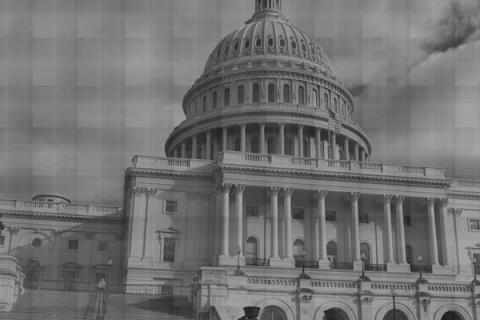Of California’s projected voters in 2012, at least one in five will be Latino. The number of registered voters that identify as Latino are at 3.9 million and counting, which roughly equates to 26.3% of the total vote in the state. As this key voting bloc continues to reshape the state and nation’s political map, it is important to understand how they turned numbers into political clout through organization- starting with the California State Legislature.
In 1973, a handful of Latino State Assembly Members formed the Chicano Legislative Caucus, which would later be renamed the Latino Legislative Caucus. The establishment of a formal caucus marked an important milestone for California’s Latino community, which until then had next to no representation in the state. For the first time, a legislative agenda was being developed to preserve and benefit their growing population.
Well aware that there is strength in numbers, early leaders of the Caucus during the 1980’s fought to ensure that legislative seats were drawn to increase Latino representation in the Capitol. As a direct result of their groundwork, the latter decades of the 20th century saw a large increase in Latino representation and influence.
Several of California’s major educational and "safety net" programs geared toward immigrant communities were spearheaded by the Latino Caucus. Their efforts led to the first ever state-only food stamp program for individuals ineligible for federal aid, and the creation of Healthy Families, a program providing healthcare for the children of California’s working poor. The successful passage of several such landmark bills occurred in the midst of federal cutbacks targeting non-citizens, proving once and for all the effectiveness of their political organization in the state.
What started as a small group of five quickly grew into one of the most influential organizations within the State Legislature and California as a whole. Today, the Latino Legislative Caucus is comprised of twenty-three members from both the State Senate and Assembly. Several caucus members currently hold strategic leadership positions- including the Assembly Speakership and several other key appointments within the Democratic establishment- providing significant sway on legislative issues. Past members of the Latino Caucus also happen to be some of the biggest names in California politics, and can still be found in every sphere from local office to presidential administrations.
It is safe to say that the power of the Latino Legislative Caucus will continue to grow as the Latino vote hits critical mass in California and nationwide.

